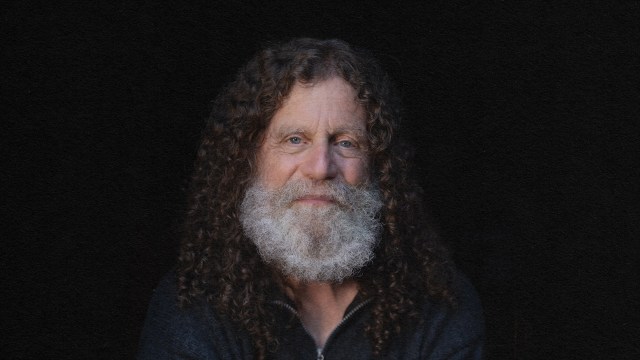Why the “father of the hydrogen bomb” hated Carl Sagan

- Edward Teller, the “father of the hydrogen bomb,” widely criticized Carl Sagan even after the latter’s death in 1996.
- His distaste for Sagan stemmed from their disagreements over nuclear proliferation and the dangers it posed for humanity.
- For Teller, the debate may have also been more personal as he saw the well-known Sagan as a threat to his legacy.
Edward Teller truly detested Carl Sagan.
It was a contempt that burned late into the legendary physicist’s life, even after Sagan tragically passed away at the tender age of 62 from complications linked to bone marrow cancer in 1996.
“Who was he?” The 90-year-old Teller remarked when asked about Sagan in 1998. “He was a nobody!”
“What did he do? I know he criticized me — that is the only accomplishment of his that I know of … He never did anything worthwhile.”
A great many science fans would undoubtedly disagree with Teller’s assessment, especially those who enjoyed Sagan’s timeless television series Cosmos on PBS or read some of his many fantastic books, both of which instilled the wonders and benefits of scientific inquiry.
So why did Teller hate such a seemingly unhateable person? It almost entirely came down to a debate over thermonuclear weapons.

Teller, along with Stanisław Ulam, was instrumental in creating the hydrogen bomb and loudly advocated for nuclear weapon proliferation. He believed that nuclear war could be won and supported the Strategic Defense Initiative (SDI), a system of satellites colloquially known as “Star Wars” that were touted to protect the U.S. from a barrage of incoming nuclear missiles. Teller’s infatuation with nukes was so great that he opposed any testing bans and even argued for using nuclear bombs to excavate dirt and defend Earth from asteroids.
On the other side of the debate was Sagan. The celebrated Cornell University cosmologist, fresh off the astounding success of Cosmos, sought to harness his newfound fame to advocate against nuclear weapons proliferation.
“Everyone knows it’s madness, and every country has an excuse,” he said.
Sagan lent his name and reputation to a 1983 study conducted by some of his former students that came to a disquieting conclusion: The firestorms and destruction wrought by nuclear war would send so much soot into the atmosphere that they would trigger catastrophic global climate change, blocking out the Sun and dropping global temperatures by as much as 25 degrees Celsius and triggering mass famine as crops failed across the world. They called the scenario “nuclear winter.” It meant that nuclear war was unwinnable. Humanity always loses.
In his book, The Demon-Haunted World, Sagan recalled that it was the most controversy he ever courted. Teller and others mercilessly attacked the paper as well as Sagan. “Teller called Sagan an ‘excellent propagandist’ and suggested that the concept of nuclear winter was ‘highly speculative,'” Richard Wolfson and Ferenc Dalnoki-Veress wrote in their book Nuclear Choices for the 21st Century.

David Morrison, a senior scientist at NASA’s Ames Research Center and the former director of the Carl Sagan Center for Study of Life in the Universe at the SETI Institute, described additional reasons for Sagan and Teller’s shared disdain.
“Edward Teller, who at age 73 was perhaps the second best-known scientist in the U.S., debated Sagan on nuclear winter before a special session of Congress. These confrontations generated deep personal animosity between them. Years later Teller told me about an airport breakfast that he and Sagan shared at this time, where (to Teller’s obvious distaste) three strangers came up to ask Sagan for his autograph, but no one seemed to recognize Teller.”
To his credit, Sagan offered a charitable analysis of Teller’s motives in his book The Demon-Haunted World:
“I see something more in his desperate attempt to justify the hydrogen bomb: Its effects aren’t as bad as you think. It can be used to defend the world from other hydrogen bombs, for science, for civil engineering … to wage war humanely, to save the planet from random hazards from space. Somehow, somewhere, he wants to believe, thermonuclear weapons, and he, will be acknowledged by the human species as its savior and not its destroyer.“
Today, the world is once again forced to contemplate nuclear armageddon in the wake of Vladimir Putin’s invasion of Ukraine. The concept of nuclear winter, which so harshly divided Sagan and Teller, is still scientifically debated. Simulations suggest its effects could range from “mild” to devastating, depending upon the size of the nuclear conflict and the regions struck. Let’s hope we never endure its real effects.





